In ancient times, Naples was called the “city of the seven castles” because it was the only city in the world that boasted seven castles within its boundaries: Castel dell’Ovo, Castel Nuovo (Maschio Angioino), Castel Sant’Elmo, Castel Capuano, Castello del Carmine, Castello di Nisida and Forte di Vigliena. These castles were located in such a way as to provide powerful defense to the Gulf of Naples from naval attacks.
So, let’s go see these seven wonders together!
Maschio Angioino
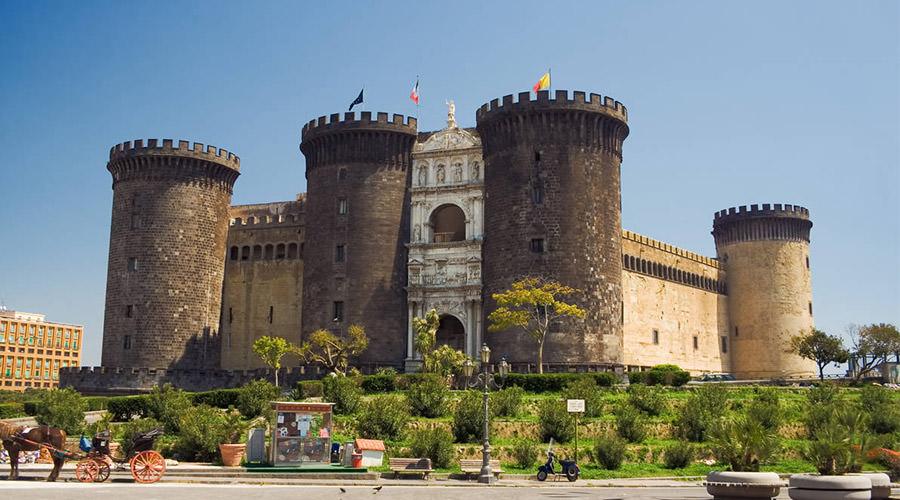
The Maschio Angioino (or Castel Nuovo) overlooks Piazza Municipio. It has a trapezoidal layout and includes >four piperno stone towers and one tuff tower.
His construction began in 1279, upon Carlo I D’Angiò’s request. This was the time when the capital of the kingdom was moved from Palermo to Naples. Following renovation works ordered Alfonso of Aragon, the castle-palace became a modern fortress and has kept its appearance to this day. What was until then known as “Maschio Angioino” became “Castel Nuovo”: that is why the castle is now known by both names.
The basement includes two sections: the “crocodile pit” and the “prison of the Baron’s plot”.
The crocodile legend has it that prisoners would suddenly and inexplicably disappear. It was then found out that there was a crocodile in the moat that snatched at the prisoners’ legs and dragged them to sea.
The Barons’ Hall is a beautiful room, probably so named because it was in there that some barons conspired against Ferrante I d’Aragona in 1487. When the king became aware that there was a conspiracy against him, he gathered the barons in this hall with an excuse, arrested them and sentenced some to death.
Today, in addition to serving cultural purposes, the castle hosts the City Museum.
Address
Via Vittorio Emanuele III
Opening Times
8:30 am – 7 pm, Mondays to Saturdays
Tickets
Ticket: € 6
On Sundays, free access to the Monumental courtyard, the Baron’s Hall, the Armory Hall and Lodge Hall.
Castel Sant’Elmo
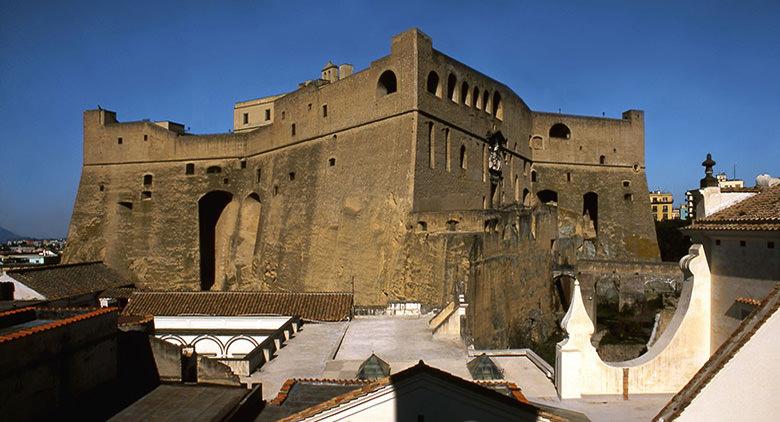
Located on the Vomero’s hill, Castel Sant’Elmo is a fortress that overlooks the city. The castle has medieval origins and was built where the Saint Erasmus church used to be. Hence the name “Eramo” then “Ermo” and, finally, “Elmo”. Known as the “Paturcium” in ancient times, the castle was built by Roberto D’Angiò between 1336 and 1343. The castle was seized several times over the centuries.
During the Neapolitan Revolution of 1799, Castel Sant’Elmo was conquered by the people and then by the republicans. Once the Republic was over, the castle became a prison and some of the most prominent promoters of the revolution were jailed there such as: Eleonora Pimentel De Fonseca, Giustino Fortunato, Francesco Pignatelli, Giovanni Bausan, Luisa Sanfelice and Domenico Cirillo.
The current six-point star building was erected between 1537 and 1547 based on a project by Pedro Luis Escrivá di Valenza.
Currently, the castle houses the Novecento Museum (with works of art), permanent exhibitions and cultural events.
Address
Via Tito Angelini, 22
Opening Times
every day from 8:30 am to 7:30 pm
Museo Novecento: every day, except Tuesdays, from 9:30 am to 5 pm
On0 Tuesdays and every day from 5 pm to 6:30 p.m: access to Parade Grounds, terraces and walkways
Castel Capuano
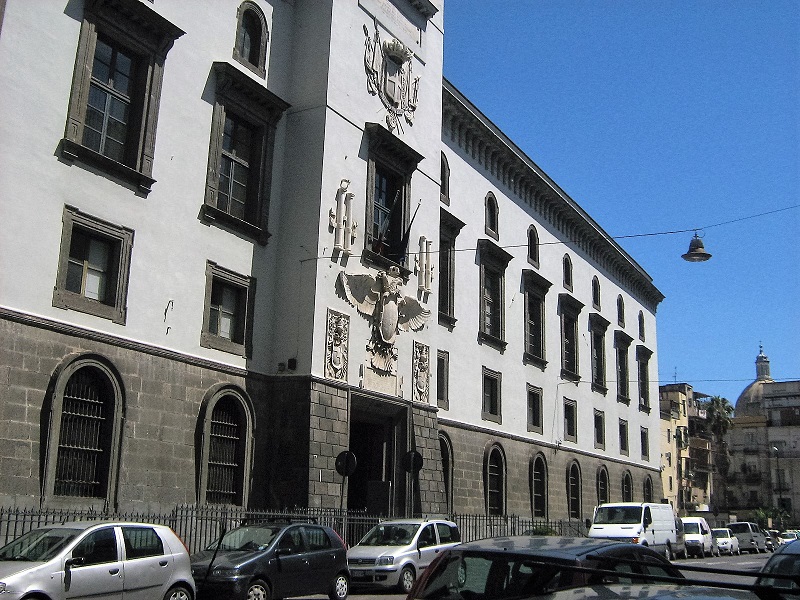
Castel Capuano is located near Porta Capuana, towards the end of the Decumano Maggiore. It was built by Norman king Guglielmo I il Malo on the ruins of a ducal construction where, during Roman times, there probably were thermal baths or a gymnasium. Initially, the castle was the royal residence. After the Maschio Angioino was built, Castel Capuano was used to host gatherings of nobles, officials and eminent people. Francesco Petrarca was there in 1370, for example. In the 16th century, at the request of Don Pedro de Toledo, the castle became a courthouse and a prison.
According to legend, the ghost of Giuditta Guastamacchia roams the castle. It is called “the ghost of the lawyers”.
Currently, visitors have access to the frescoes in the Court of Appeal’s Hall, the Busts Hall dedicated to prominent Neapolitan lawyers, The Sommaria Chapel and Formiello’s Fountain>.
Address
Piazza Enrico de Nicola
Opening Times
Monday to Friday, from 9 am to 6:30 pm
Free access
Castello del Carmine
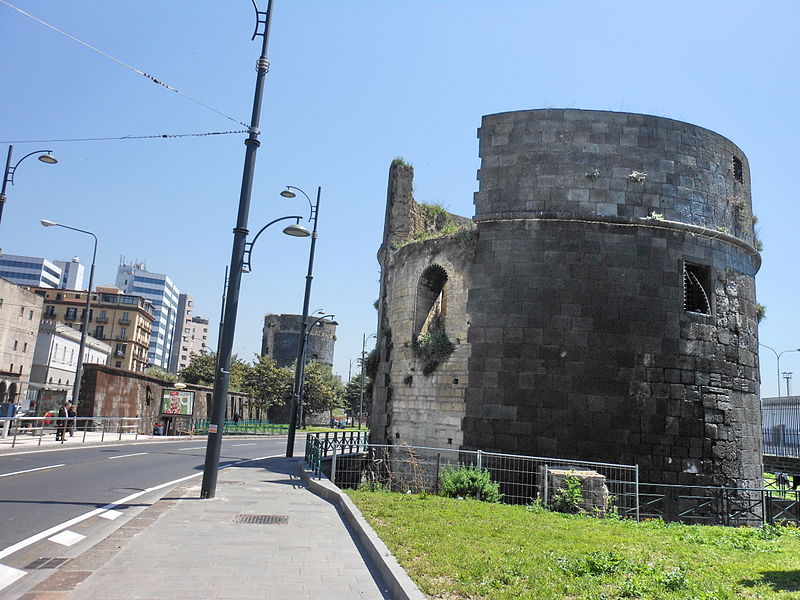
Address
Via Marina
Opening Time
Always open
Free access
Castello di Nisida

Nisida is the isla-not isla of Bagnoli. It is connected to mainland by a bridge and is home to a magnificent castle: Castello di Nisida.> It was built in the XIV century, during the Angevin domination. Queen Giovanna later had the Torre di Guardia built. In the XVI century, Don Pedro de Toledo made the castle part of the powerful defense system that stretched from Baia to the Sperone. During the 1626 fever epidemic, the castle would be used as a hospital.
Now the castle hosts an underage penal institute.
Address
Via Nuova di Nisida
Opening Time
Not visitable
Forte di Vigliena
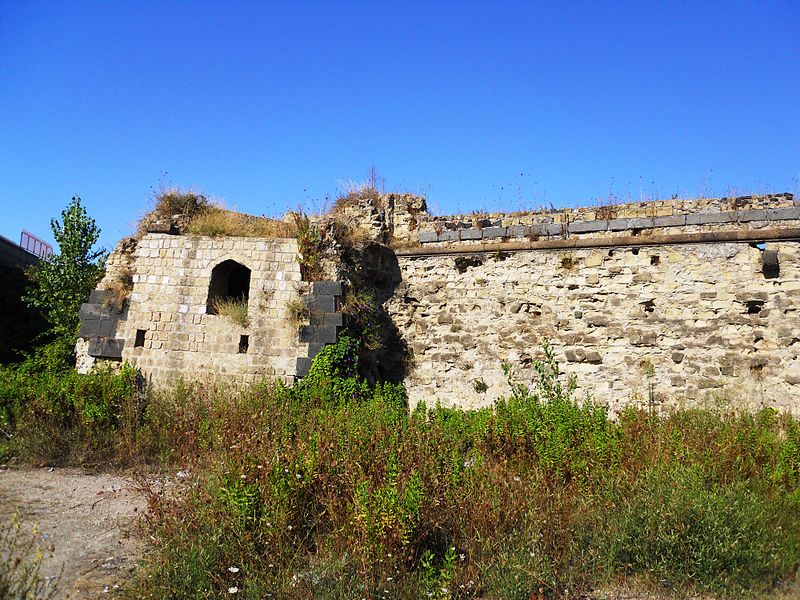
Located in via Marina dei Gigli, in the San Giovanni a Teduccio district, the Forte di Vigliena was built by Juan Manuel Fernández Pacheco y Zúñiga, Marquis of Villena, probably in 1706.
A contained height (only 6 meters) is the castle’s distinctive feature. The fortress was so low that it was invisible from sea. During the kingdom of Sicily, the castle was also used for cadet training. On 13 July 1799, it was here that the battle between Partenopeans and Sanfedists took place. Republican commander Antonio Toscano was forced to blow up the powder kegs causing the death of both himself and his forces and that of his enemies.
In 1891 the Forte di Vigliena became part of the National Heritage.
Currently, there are few remains of the castle, but perhaps an archeological park will be built in that area.
Address
via Marina dei Gigli
Opening Time
Always open
Free access
Castel dell'Ovo

From Latin “Castrum Ovi”, Castel dell’Ovo is located on the Megaride islet.
With a structure dating back to Roman times, this is the oldest castle of the city. Guglielmo il Malo, in the second half of the XII century, ordered the castle to be built on already existing fortifications built by monks.
Legend has it that the Roman poet Virgil placed an egg enclosed in a little cage into the castle’s foundations: the city would be safe until such time as the egg wouldn’t break.
Castel dell’Ovo is the emblem of the various powers that ruled Naples along the centuries.
It is located on the picturesque Caracciolo Seafront, opposite Via Partenope. The castle hosts exhibits, events and major conferences. From its terrace, you can enjoy a magnificent view of the Gulf.Address
Via Eldorado, 3
Opening Times
Summer
Weekdays: from 9 am to 7:30 pm
Public holidays: from 9 am. to 2 pm
Winter
Weekdays: from 9 am to 6:30 pm
Public holidays: from 9 am to 2 pm
Free entrance










Lascia un commento